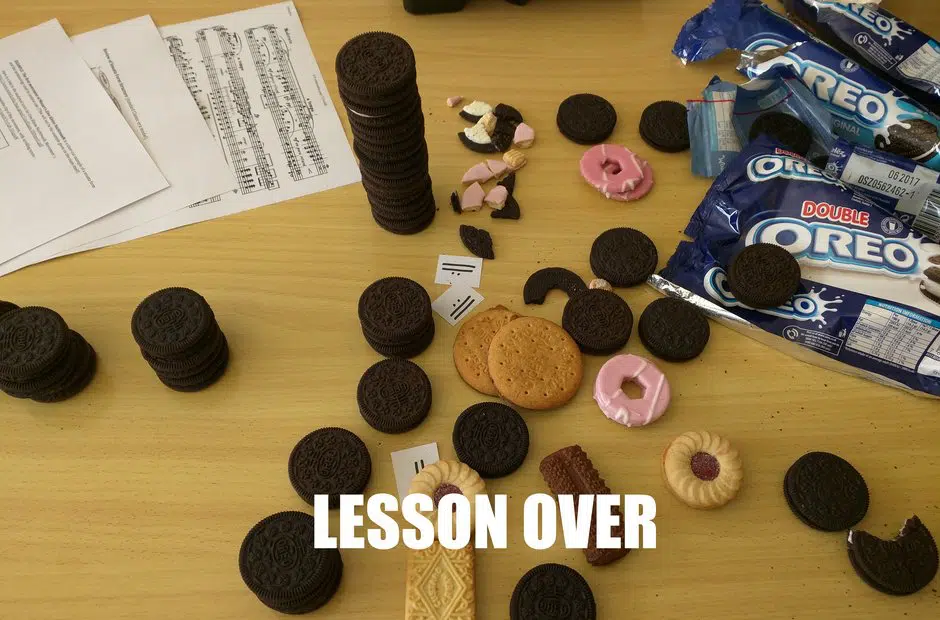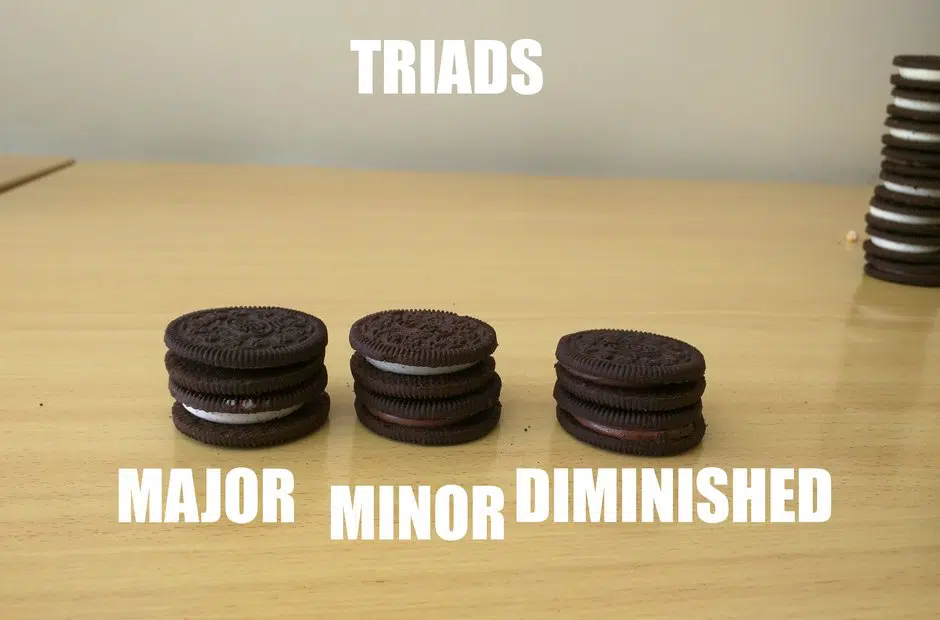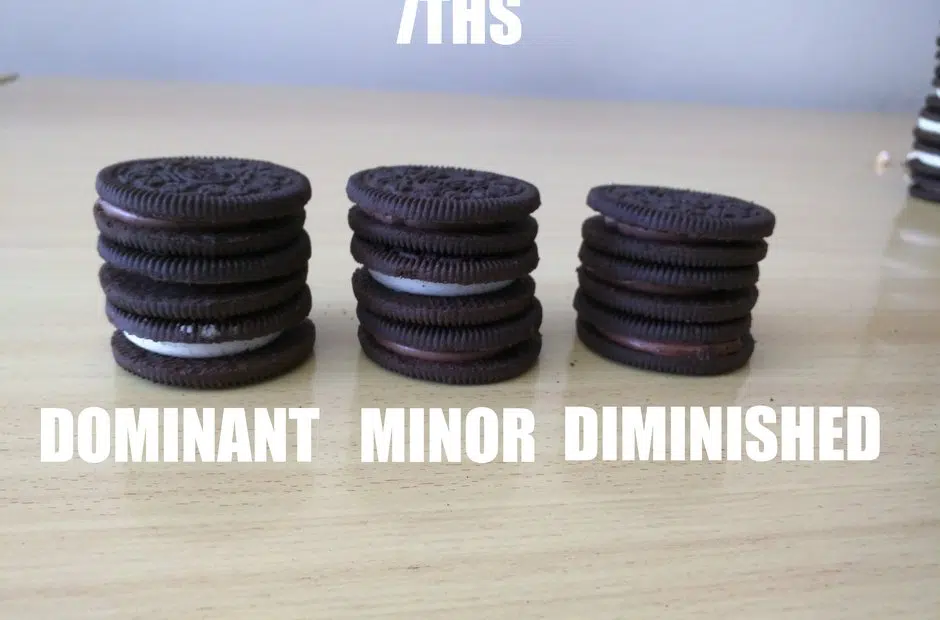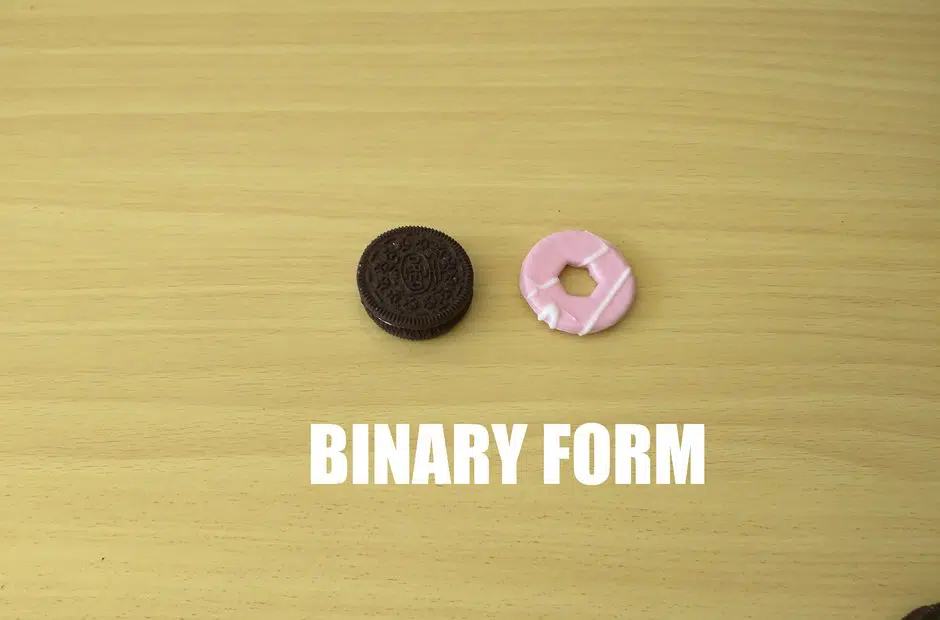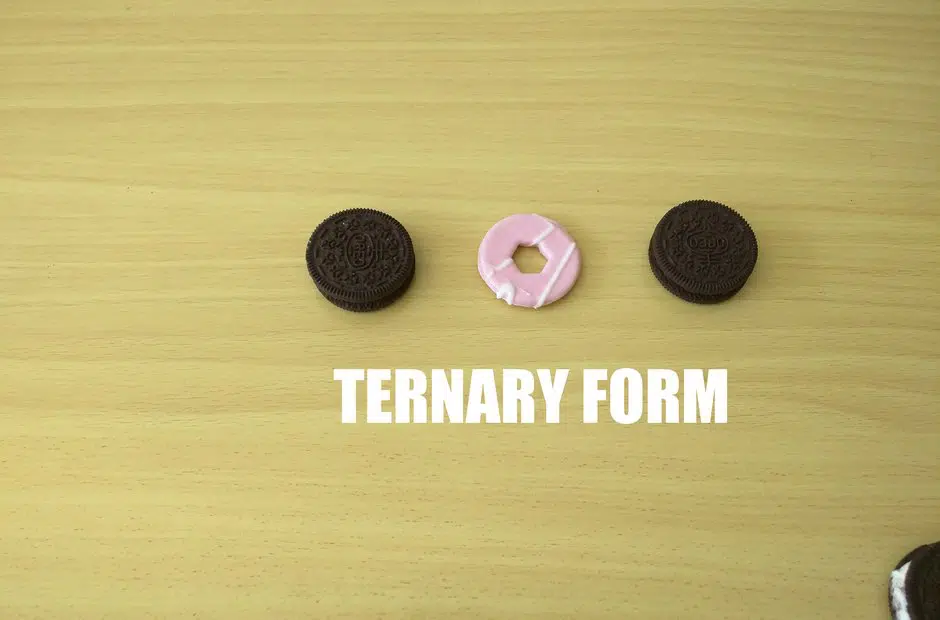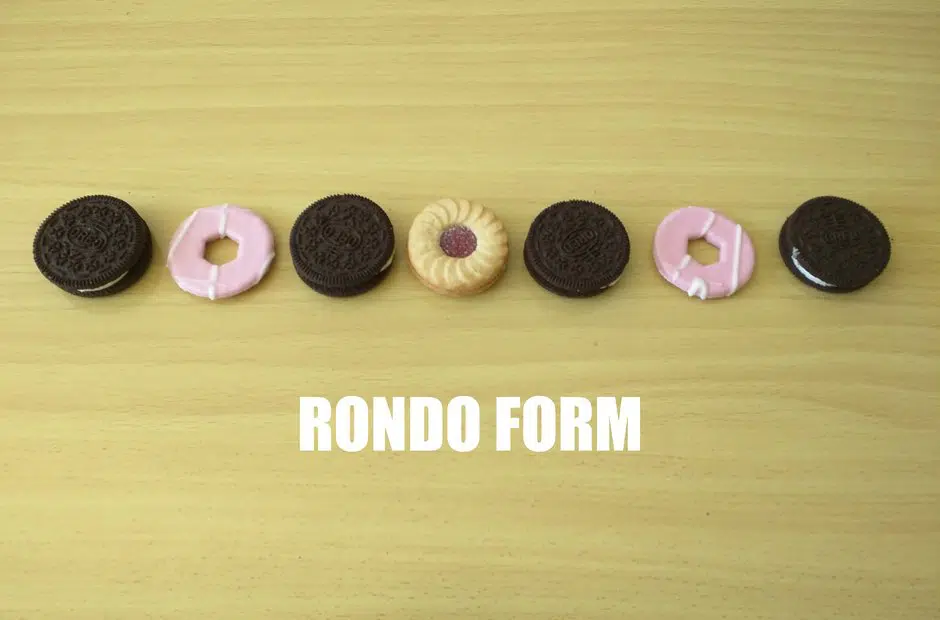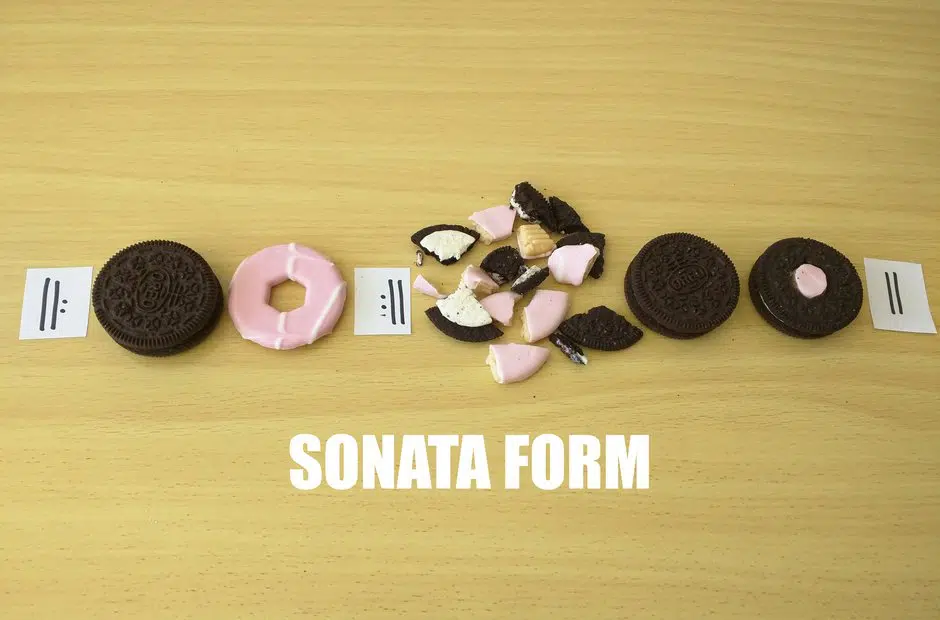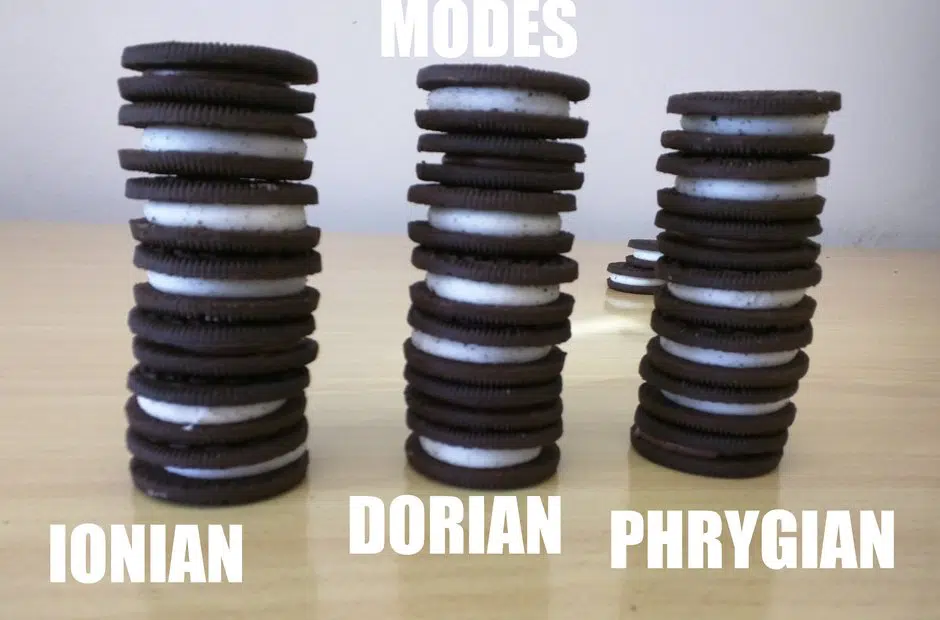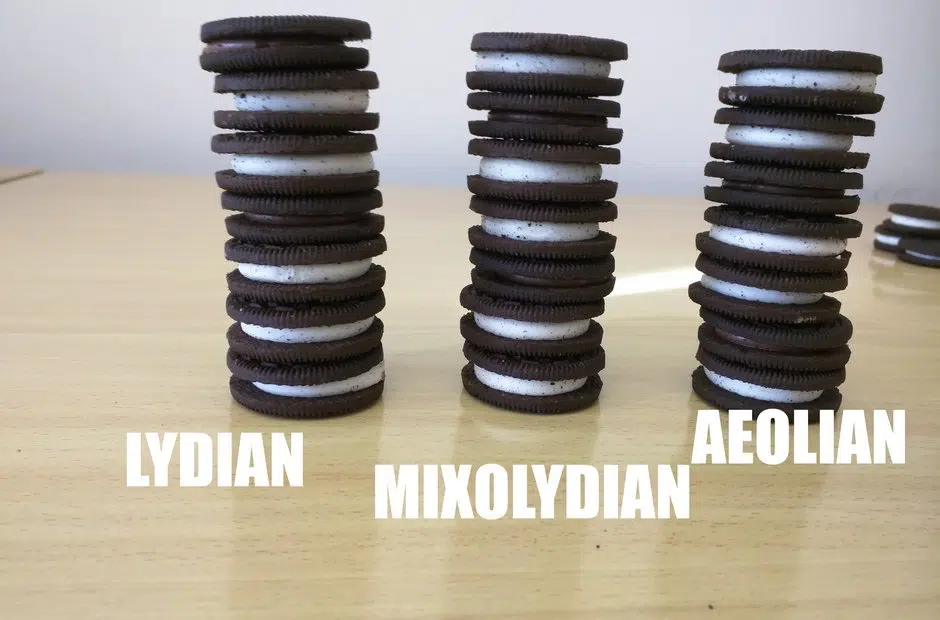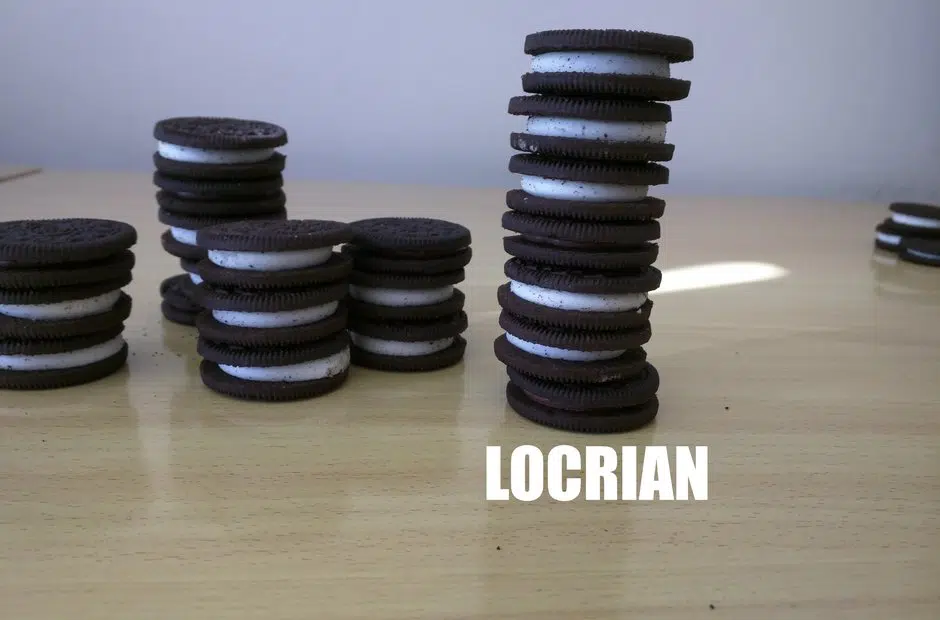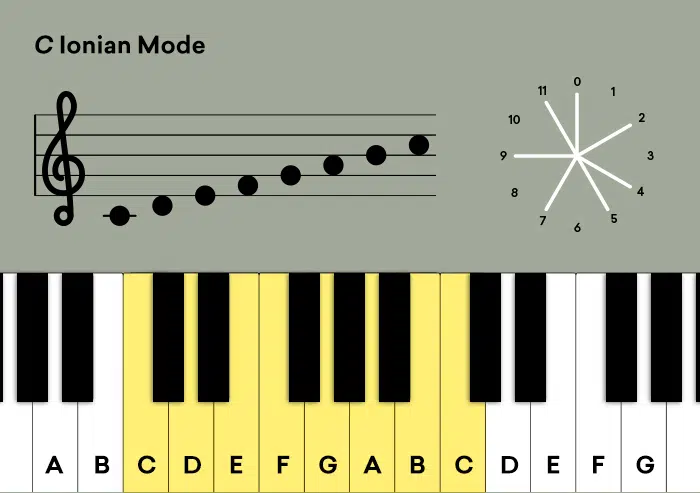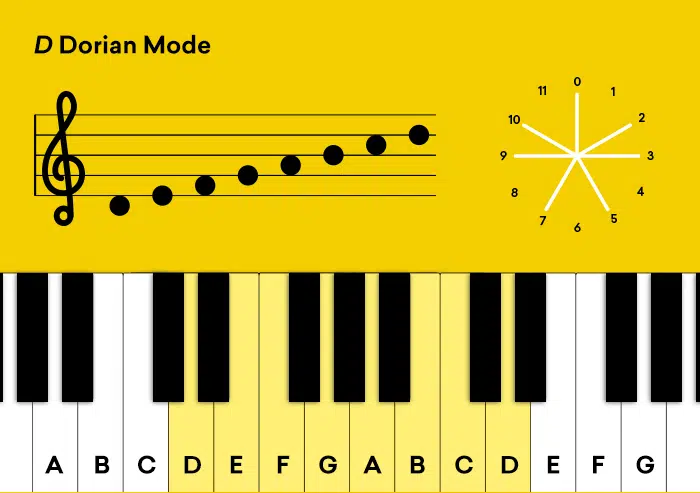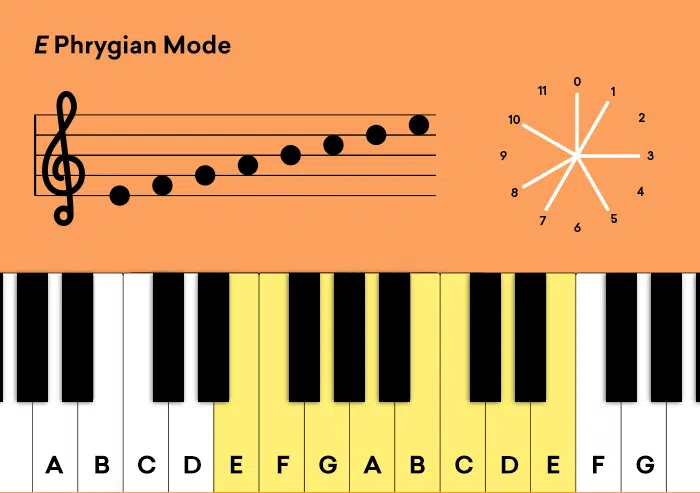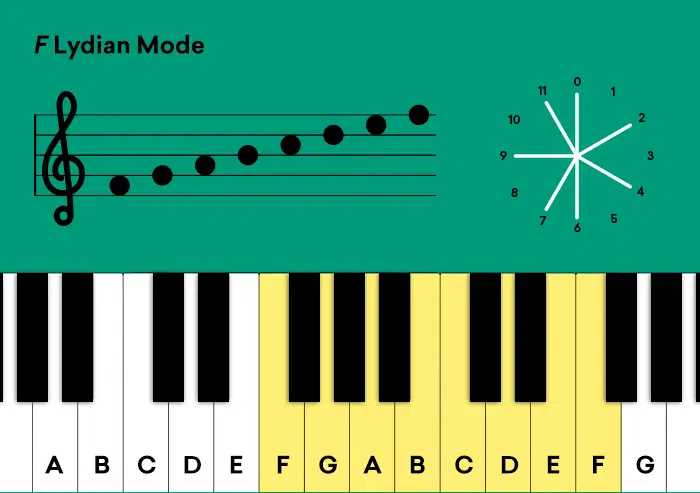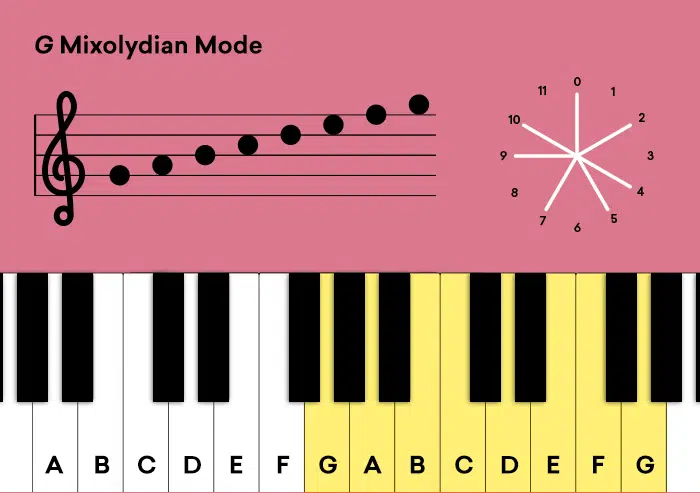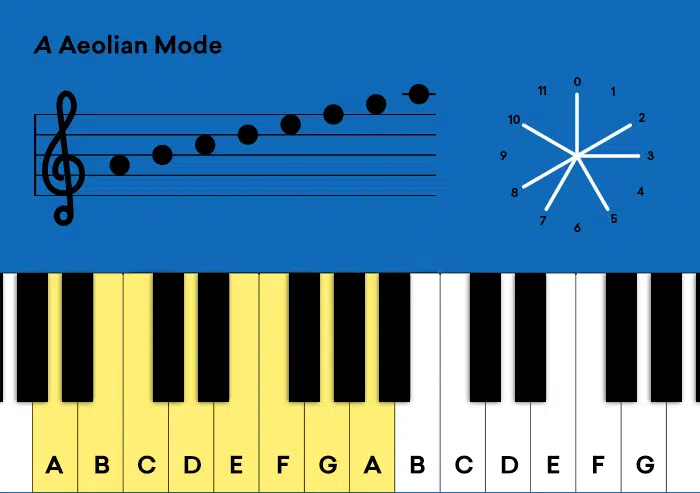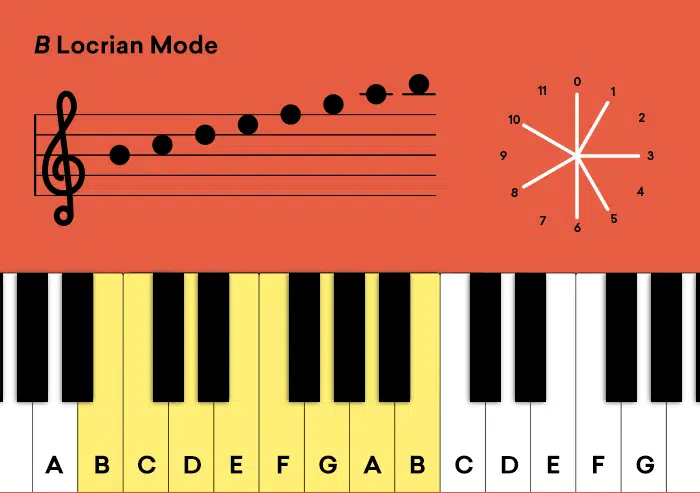
If not unanimously, music is a passion of practically the entire world population, although only a small portion of them have studied music theory.
But even those who don't know the meaning of its graphic symbols can intuitively understand the visual proposal of some brilliant mind who used cookies to represent some of the rudiments of music.
Who wants to take risks?
Via Classic FM
For those who want to know more
In order not to make this post too technical and exclusive, here is a very small explanation of each topic, in a very basic way:
1. Triad: chord formed by 3 musical notes.
As an example, the most elementary triad, in the elementary scale of C major:
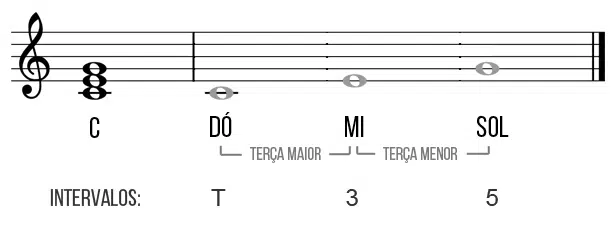
2. Seventh: chord formed by 4 musical notes, where the interval from the first to the last covers 7 notes, subdivided by 3 thirds.
Small changes to these thirds determine whether the seventh chord is major, diminished minor, or augmented. (Below, a C major 7th chord)
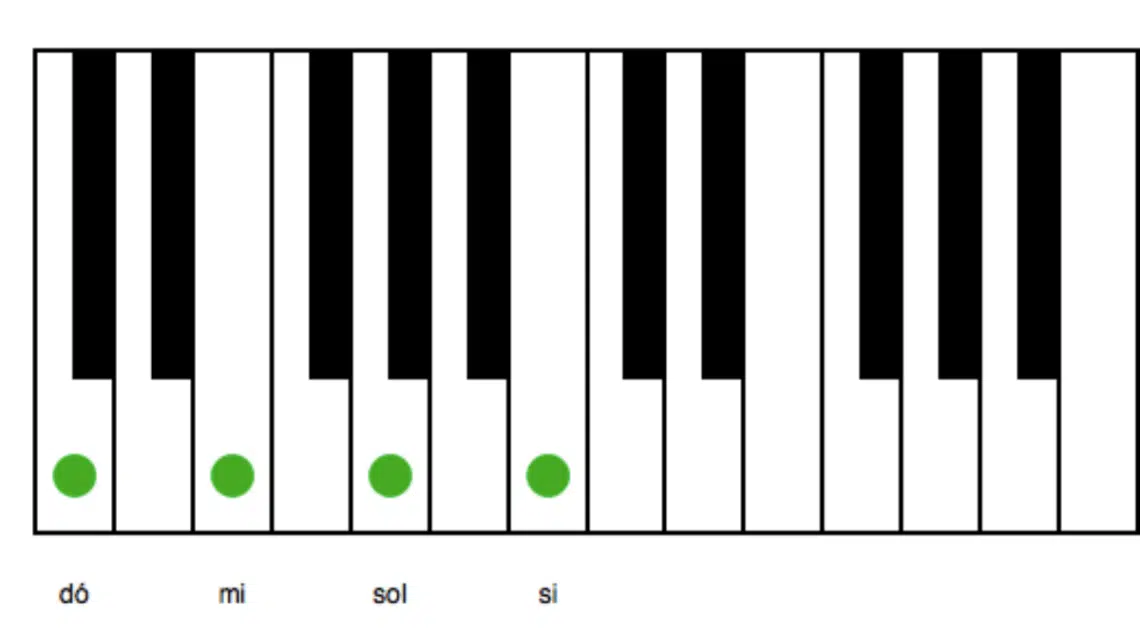
3. Binary Form: music that has an A part and a B part (although this is repeated several times), as we see, for example, in the carnival march “Mamãe Eu Quero”.
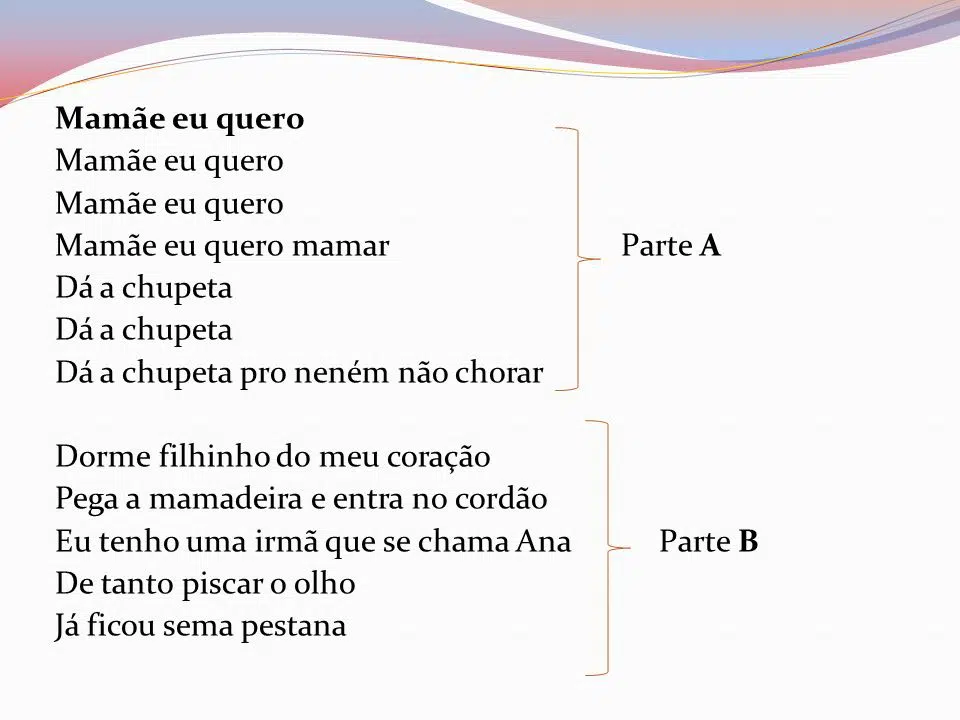
4. Ternary Form: music that presents a part A, a part B and ends in part A, although in this repetition it contains small changes in the theme, as we see, for example, in the classic “Garota de Ipanema” or in this nursery rhyme below
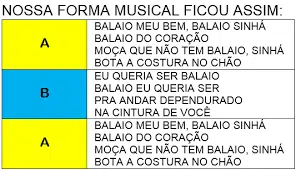
5. Rondo form This is when a piece presents several different musical parts – part A, part B, part C, part D, etc., but interspersing each of these blocks with part A.
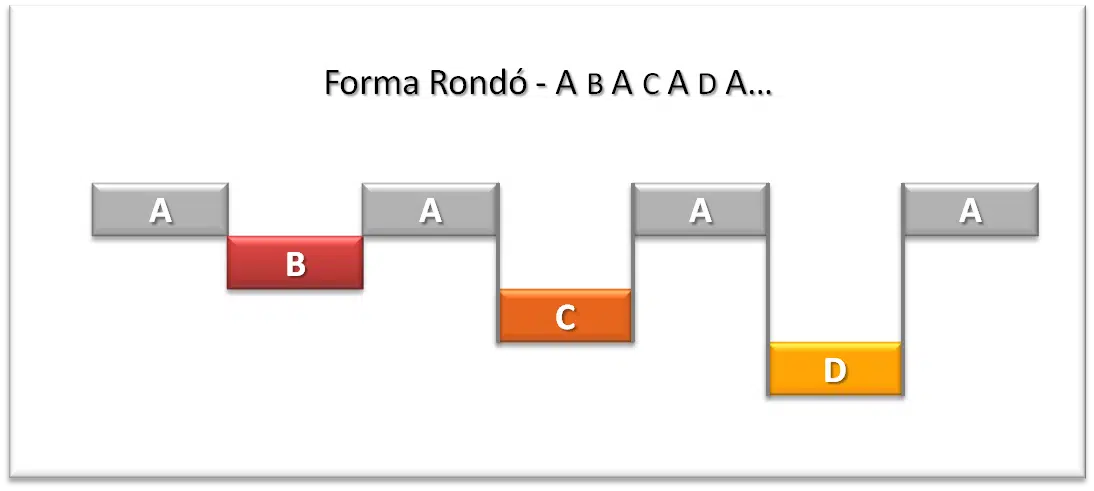
6. Sonata Form consists of a musical composition following the structure “exposition, development and recapitulation”.
This principle is also widely used in the formulation of classes, speeches, film plots, etc.

7. The musical modes emerged in Ancient Greece, which is why they are also known as “Greek modes”, which are musical scales derived from the natural major scale. This term (natural major) occurs because, on the piano, this scale does not use the black keys and this natural major scale is the C scale, which everyone knows and even knows how to sing its notes.
There are 7 modal scales and using the note C as a reference and without using the black keys, the scales look as follows:
Ionian: C – D – E – F – G – A – B – C
Doric: D – E – F – G – A – B – C – D
Phrygian: E – F – G – A – B – C – D – E
Lydian: F – G – A – B – C – D – E – F
Mixolydian: G – A – B – C – D – Mi – F – G
Aeolian: A – B – C – D – E – F – G – A
Lócrio: B – C – D – E – F – G – A – B
As we can see, what changes between the modes is their starting note, known as “tonic”.
In the case of images, the cookies represent the intervals (major or minor) between the 8 notes that make up each scale.
Conclusion
The good thing about this pedagogical method is that, at the end of the class, teachers and students already have a guaranteed snack.
